In today’s collaborative work environment, team workshops have become essential for innovation and problem-solving. But not all workshops are created equal. So, what really makes an effective team workshop? Let’s break down the key components that contribute to making these sessions successful.
Define Clear Objectives
Establishing clear goals sets the direction for the workshop and keeps participants focused on the desired outcomes.
When participants understand why they are there and what they are working towards, it enhances their engagement. Clear objectives can transform a vague agenda into a roadmap, guiding discussions and activities.
Consider using the S.M.A.R.T criteria when setting objectives: Specific, Measurable, Achievable, Relevant, and Time-bound. This structure adds clarity and helps in evaluating the success of the workshop later.
Sharing these objectives at the beginning establishes alignment among team members. It helps everyone work together toward a common goal, making the workshop experience cohesive and productive.
Encourage Open Communication
Creating an environment where everyone feels comfortable sharing ideas fosters collaboration and innovation.
Open communication can lead to unexpected insights. When participants voice their thoughts freely, it often uncovers new perspectives that can contribute to the team’s success. This level of openness significantly enriches group discussions.
To facilitate this, consider starting with icebreakers or team-building exercises. These activities not only warm up the group but also establish trust, making it easier for team members to engage in the subsequent parts of the workshop.
Additionally, implementing tools such as anonymous feedback can encourage participation from those who might hesitate to speak up. Remember, every voice matters, and the best ideas can come from unexpected places.
Incorporate Interactive Activities
Using engaging exercises encourages participation and helps to reinforce the workshop’s objectives in a fun way.
Interactive activities such as group discussions, role-playing, or problem-solving games not only break up the monotony of presentations but also actively involve participants. When team members engage in hands-on activities, they are more likely to retain information.
Think about incorporating tools like brainstorming sessions or design thinking workshops. These interactive formats can reenergise the team, making the workshop dynamic and inspiring. As team members create and collaborate, they can build deeper connections with one another.
Moreover, don’t forget to celebrate small achievements during these activities. Positive reinforcement can boost morale and encourage continued participation throughout the workshop.
Follow Up with Action Items
Concluding the workshop with clearly defined next steps ensures that ideas discussed are turned into actionable tasks.
It’s crucial to summarise the key points and outcomes at the end of the workshop. This recap not only solidifies what was learned but also serves as a reference for future discussions. Establishing action items creates accountability among team members.
Consider using a collaborative document shared with all participants. In this document, you can outline who is responsible for each task along with deadlines. This clarity helps maintain momentum and keeps everyone aligned moving forward.
Following up by scheduling a check-in meeting a few weeks later can also reinforce the commitments made during the workshop. This practice not only ensures progress but also fosters a culture of responsibility and teamwork.
Key Takeaways for Successful Workshops
By focusing on clear objectives, fostering open communication, and utilising engaging activities, you can ensure your team workshop is effective and productive. Remember, the goal is to collaborate and grow together!

